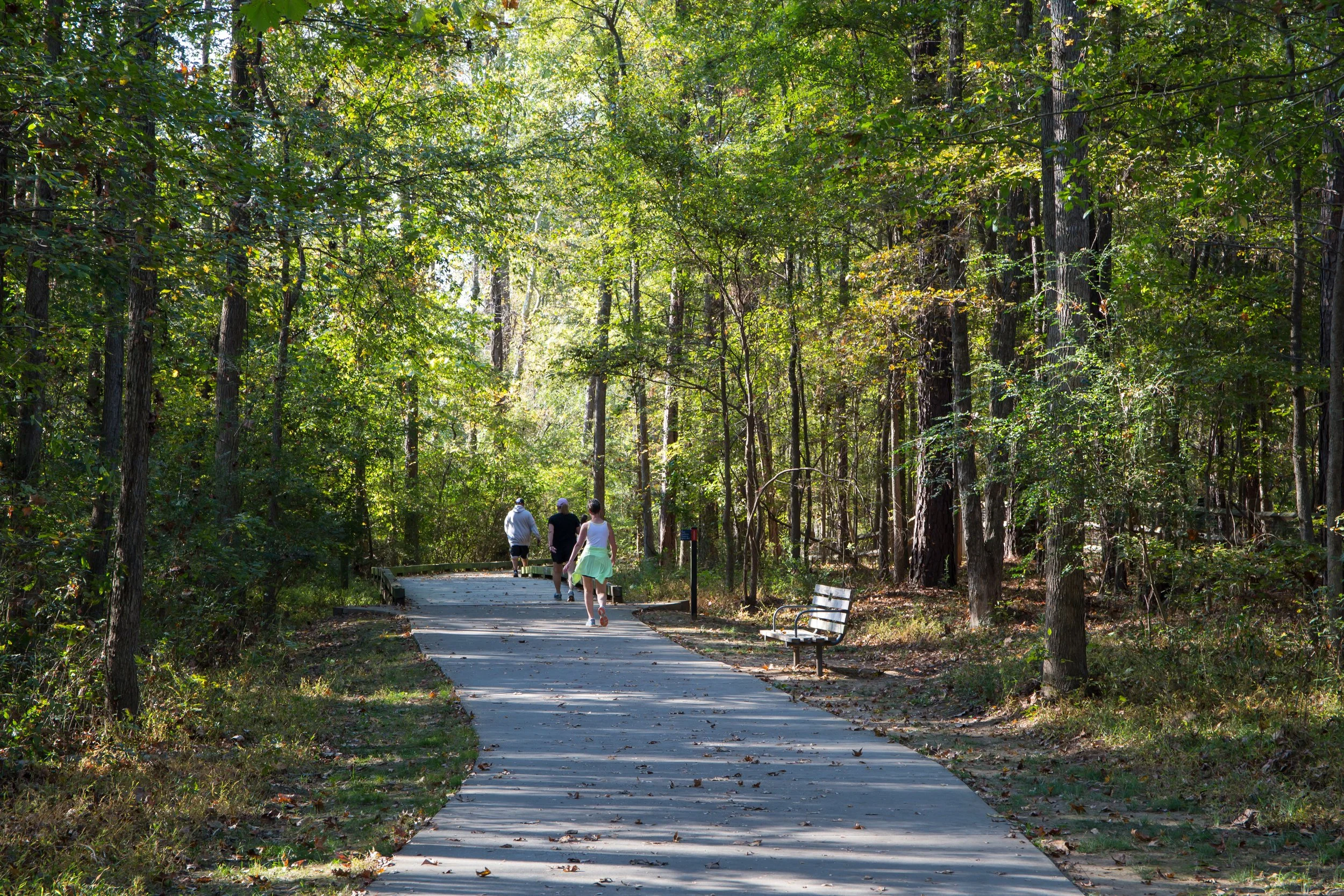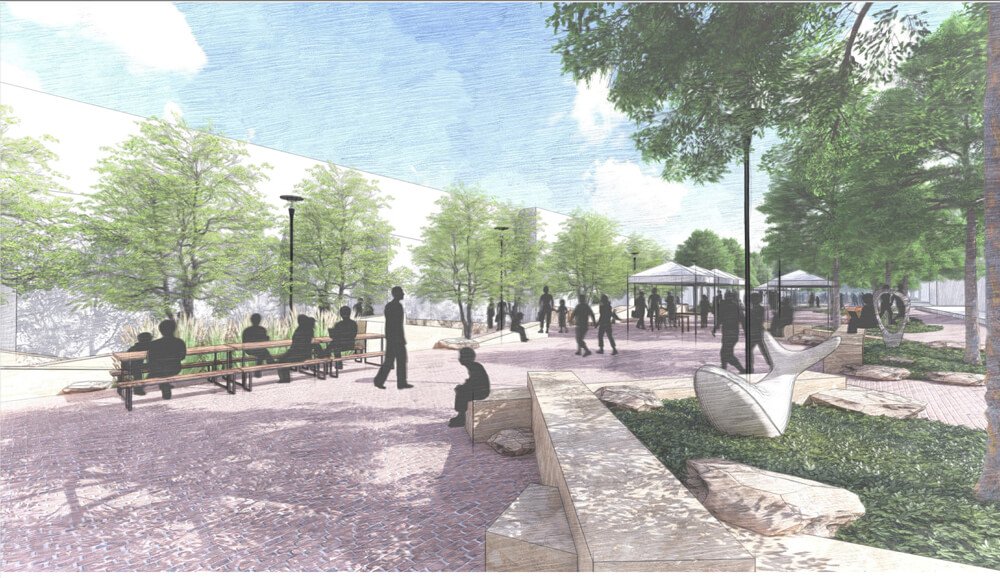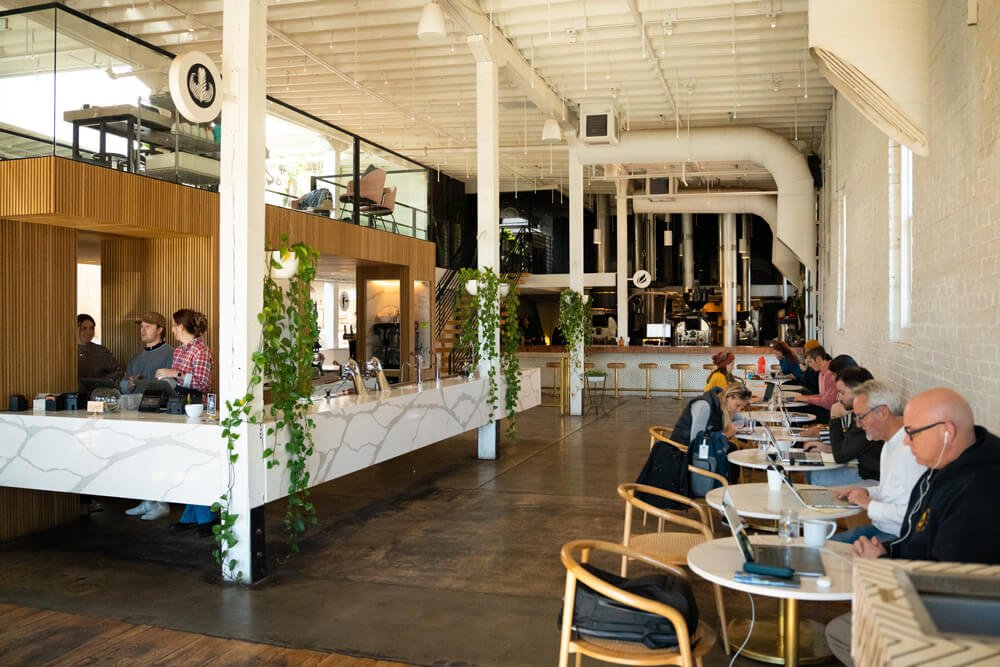Modernization of alcoholic beverage laws transforms towns.
By Stephen Koch
A slight loosening in recent years of the once-draconian Arkansas liquor laws has transformed many cities across the state, bringing life back to struggling urban areas and abandoned buildings.
Conservative Arkansas, which didn’t allow restaurants to serve mixed drinks until 1969 and still prohibits the retail sale of alcohol on Sundays, began to license brewpubs in the 1990s, allow commercial sales of craft beers in 2000, and license distilleries in 2010.
The embrace of alcohol has literally changed Arkansas’s landscape, as breweries, brewpubs and restaurants fill real estate, most often in communities’ downtowns. The changes, initiated by the state to increase tax revenues, have been a boon to communities economically, culturally and gastronomically and have brought new life to once-empty storefronts.
Take the abandoned storefront on one of the most legendary streets in Arkansas history: In 2017, blues fans in Helena-West Helena for the annual King Biscuit Blues Festival were abuzz at the sight of “distillery coming soon” signs in the windows of a vacant building at once-bustling 430 Cherry Street Area farmer Harvey Williams had got the idea to use the sweet potatoes grown on his family’s land to make vodka, giving rise to Delta Dirt Distillery. The pandemic slowed progress at the business a bit, but Delta Dirt’s first batch was ready at the end of 2020, and the distillery opened for business in April 2021.
This farm-to-bar distillery is one of just a handful of Black-owned distilleries in North America. Delta Dirt Distillery is unique in another way: It’s a too-rare sign of life on a street once lined with good businesses, in a town that has seen its share of economic hardship in recent decades, in a county that ranks among the poorest in the U.S.
Williams said he originally planned to open the distillery on the family farm, some 20 miles outside of town, but opted instead to locate in the 7,000-square-foot facility on Cherry Street, a location that had been for sale for a long time. The building had been “fine meats market” at one time, he said, a grocery store, a pawn shop and beauty supply store. The Williams family gutted it, removing false ceilings and walls “to get a clean canvas,” and did most of the work themselves. Steel beams were added along both sides of walls, and damage from a water main leak that had gone undetected for years was repaired.
“I grew up knowing Cherry Street as a place we would shop and go to town. But it wasn’t in my mind when we put [the distillery] there that we would be a part of revitalization,” Williams said. “We turned out to be a destination. I didn’t, in my own lack of wisdom, have that thought.”
Now, Delta Dirt’s tasting room hosts not just individual consumers, but school, college and FFA group tours. “It gives me a lot of joy to explain what we do,” Williams said. “The business model is built upon the product going out the back door and have it to go beyond Helena. But the tasting room is so people can see ... what happens at a distillery. Most people who come in and see a future for Cherry Street don’t live here. I’m encouraged by those conversations.
“I’m hoping I can get some other businesses to come down here. We haven’t had the imagination to think about what these buildings can be.” However, the Williamses are planning to open a brick-oven pizza parlor next door to the distillery.
Last year, Delta Dirt sold more than 1,000 cases of its unique vodka and a gin infused with botanicals. Next year, look for Delta Dirt bourbon, also made with Delta-grown sweet potatoes.
------------------
It’s been a long road for Arkansas to get to the manufacture of alcoholic beverages. In 1983, the Arkansas Brewing Co. opened in Little Rock, operated by then-Fordyce Mayor William Lyon, but the brewery ran afoul of state laws and closed in 1986.
Enter Vino’s, known today as “Little Rock’s original brewpub.” When it started serving food in the 1909 Muswick building at Seventh and Chester streets in 1990 the brewery was still a distant dream. When it did begin brewing, in 1993, the brewing equipment was installed on the floor above the restaurant. That meant employees had to lug empty kegs through the kitchen and up a narrow flight of stairs, and take full kegs down the same treacherous path, David Jukes, a former Vino’s manager, told this reporter.
On April 24, 1993, Vino’s owner Henry Lee declared to the Little Rock Free Press “The drought is finally over!” The brewpub sold all 170 gallons of its three different beers that opening day. Brewers Mark Crossley and Preston Buchner had figured they’d brewed enough for two weeks: That they’d underestimated demand was an understatement. Impatient for the place to open, “Patrons were lined up, pounding on the doors and windows, before noon,” Stephen Steed reported in the Free Press.




























